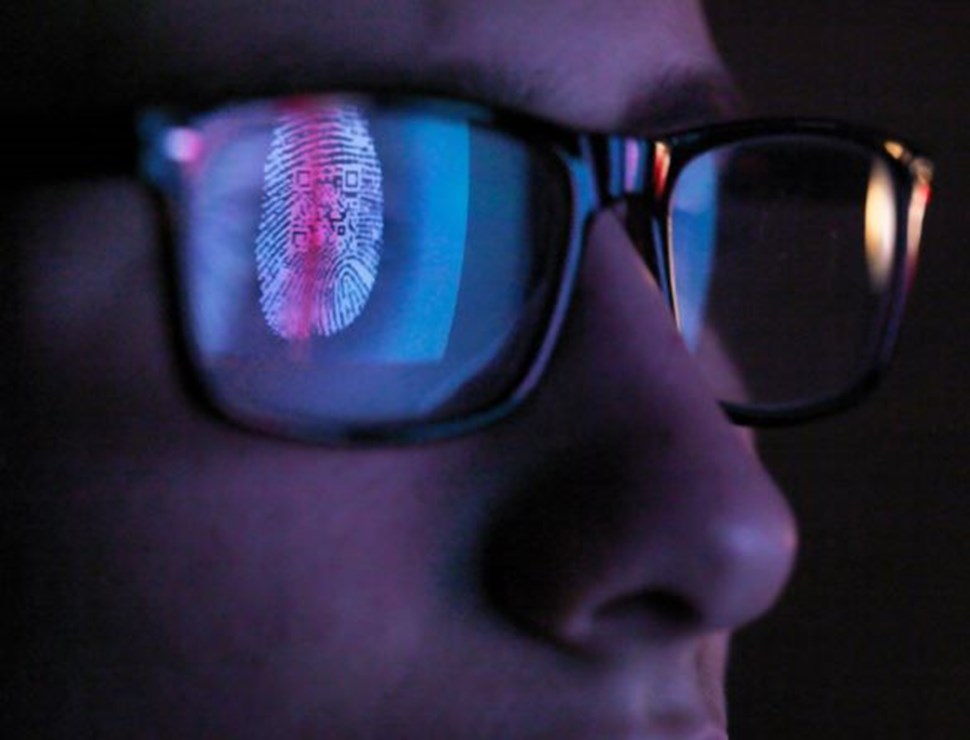If you don’t take precautions, you may end up paying for products or services that you didn’t buy and dealing with the stress and financial heartache that follows identity theft and having to restore your credit reputation.
How to detect it?
- Review your financial cards and other accounts regularly for any charges or payments you did not make. An easy way to do this is to sign up for email, text messages, or phone app notifications for payments and other transactions. Monitor them for fraud.
- Investigate situations when merchants decline your credit or debit cards. Pay attention to phone calls from debt collectors for overdue payments for credit cards, medical bills, or loans that you know are not yours.
- Look into letters that inform you about items for which you never applied.
How to defend against it?
Here are some ideas on how to reduce the chance of identity fraud happening:
- Common sense is your best defence. You are the “Human Firewall.”
- Limit how much information you share about yourself with online services and websites.
- Use a unique strong password for all of your online accounts – unique also means changing your password for each account.
- Enable two-factor authentication as additional protection for your most important accounts.
- Consider getting insurance coverage, either through a dedicated policy or as part of your existing insurance plan, that covers the costs of dealing with identity theft.
What to do when it happens?
If you suspect your identity has been stolen, stay calm; you will get through this. If the hack is work-related, do not try to fix the problem yourself; report it immediately.
Important steps to take
Record in writing any interactions (telephone calls, emails, letters) as you work through the process of resolving your identity theft. Include dates and times. Ask banks or retailers where the thief has tried to use your identity and ask for copies of documents the thief used, including application forms.
1. Visit your local police station
Report the matter and open an identity theft case with the South African Police Service (SAPS);
- Give them all the evidence you have collected.
- Give an affidavit.
- Ask the police to specify the fraudulent accounts on the report.
- Get a copy of the report. Credit card companies and banks may require you to show the report in order to verify the crime.
- Keep the name and phone number of the police officer handy and give it to creditors and others who require verification of your case.
- Make sure you get a report or case number.
2. Set up profile alerts through a credit bureau
First, notify the fraud unit of a credit bureau as to what has happened and they will put an alert on your credit profile. Give them the affidavit and the case number.
It’s also a good idea to ensure that you have not been blacklisted by getting your credit report from Compuscan, Experian, or TransUnion.
You can subscribe to a credit alert service provided by Compuscan, Experian, or TransUnion. The credit bureau will alert you by email or SMS that an enquiry has been made. If it wasn’t you, the alert will warn you that something is odd.
3. Contact credit and service providers
Next, contact all the credit and service providers listed on your credit report and inform them of what has transpired in writing, providing them with the SAPS case number. Be aware, however, that it can take months to restore your credit reputation. Until that happens, you may not be able to qualify for the credit you may need.
4. Change bank accounts
Consider closing your existing bank accounts, and get new accounts and PIN numbers. At the very least change the passwords and PINs for existing accounts. Definitely close any accounts the fraudster opened.
5. Change your car registration number
If the thief is using number plates that have the registration number of your car on them, you may decide to:
- Renew your licence, or
- Change the registration number of your car by changing ownership.
6. Renew your driver’s licence
If the thief is using your driver’s licence, you can renew your driver’s licence. When you renew it, the picture will change and it will get a new licence number.
7. Alert the Fraud Prevention Services
Alert the South African Fraud Prevention Services (SAFPS) immediately on 0860 101 248 or on their website to list the identity theft on their database in order to prevent further credit from being granted in your name. They offer a free protective registration service.
8. Improve your physical security
If the thief knows your physical residential or work address, you should make sure you have good security.
Your personal information exists in numerous places all over the internet. Every time you browse or purchase something online, watch a video, buy groceries, visit your doctor, or use an app on your smartphone, information about you is being collected. That information is often legally sold or shared with other companies. Even if just one of these gets hacked, the criminals can gain access to your personal information.
Having read this article, we hope you are better equipped with information and steps to take to secure your identity, recognise how to detect signs of identity theft, as well as having the practical roadmap to restoring your identity.






